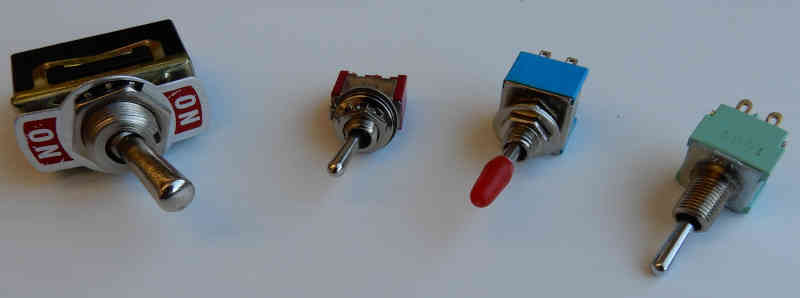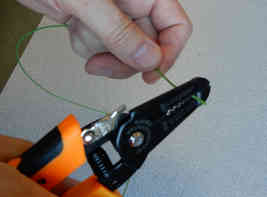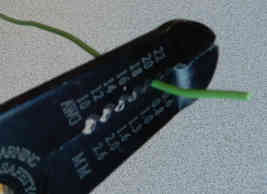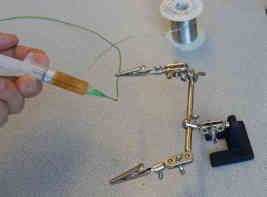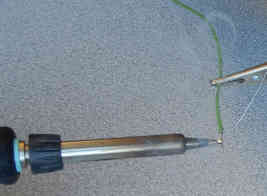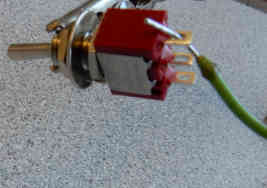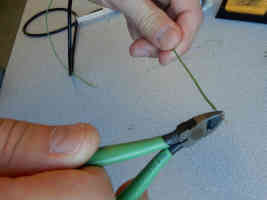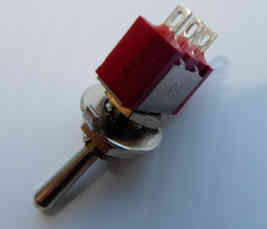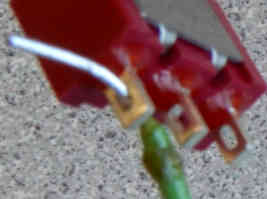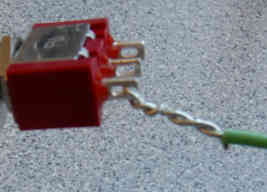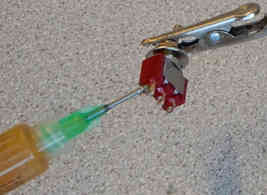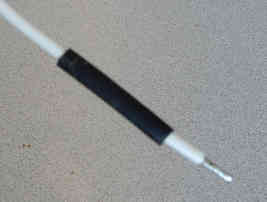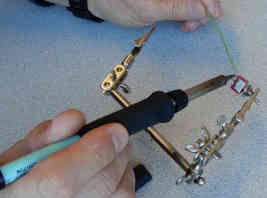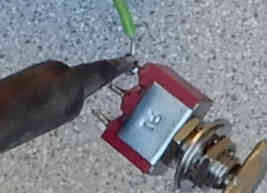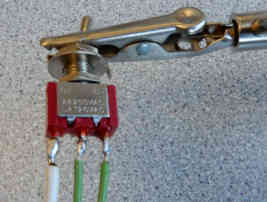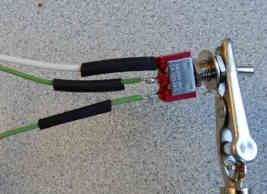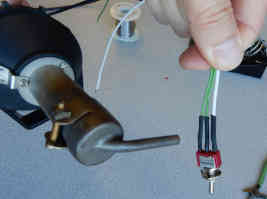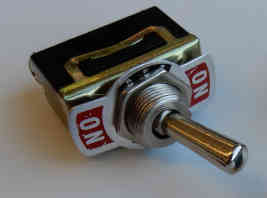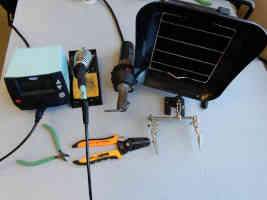How to solder a toggle switch depends on the size of the toggle switch and the gauge of wire (AWG).
The maximum current limit of the majority of toggle switches used in electronics is 5 A or less (5A at 125V, 3A at 250V AC), so there is no need to solder very thick wires to toggle switch to connect it with the rest of the circuitry. We usually use 22 AWG or thinner wires for soldering on toggle switches.
Wiring of the terminals of the toggle switch can be done with stranded wires or solid wires.
Stranded wire is more flexible than solid wire and therefore it is easier to work with.
The most popular in the USA
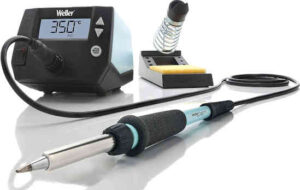
Weller WE1010 solder station
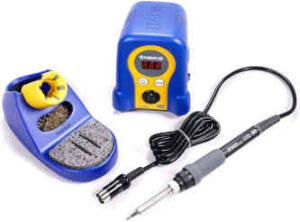
Hakko FX-888D soldering station

Weller WLC100 (cheap solder iron)

